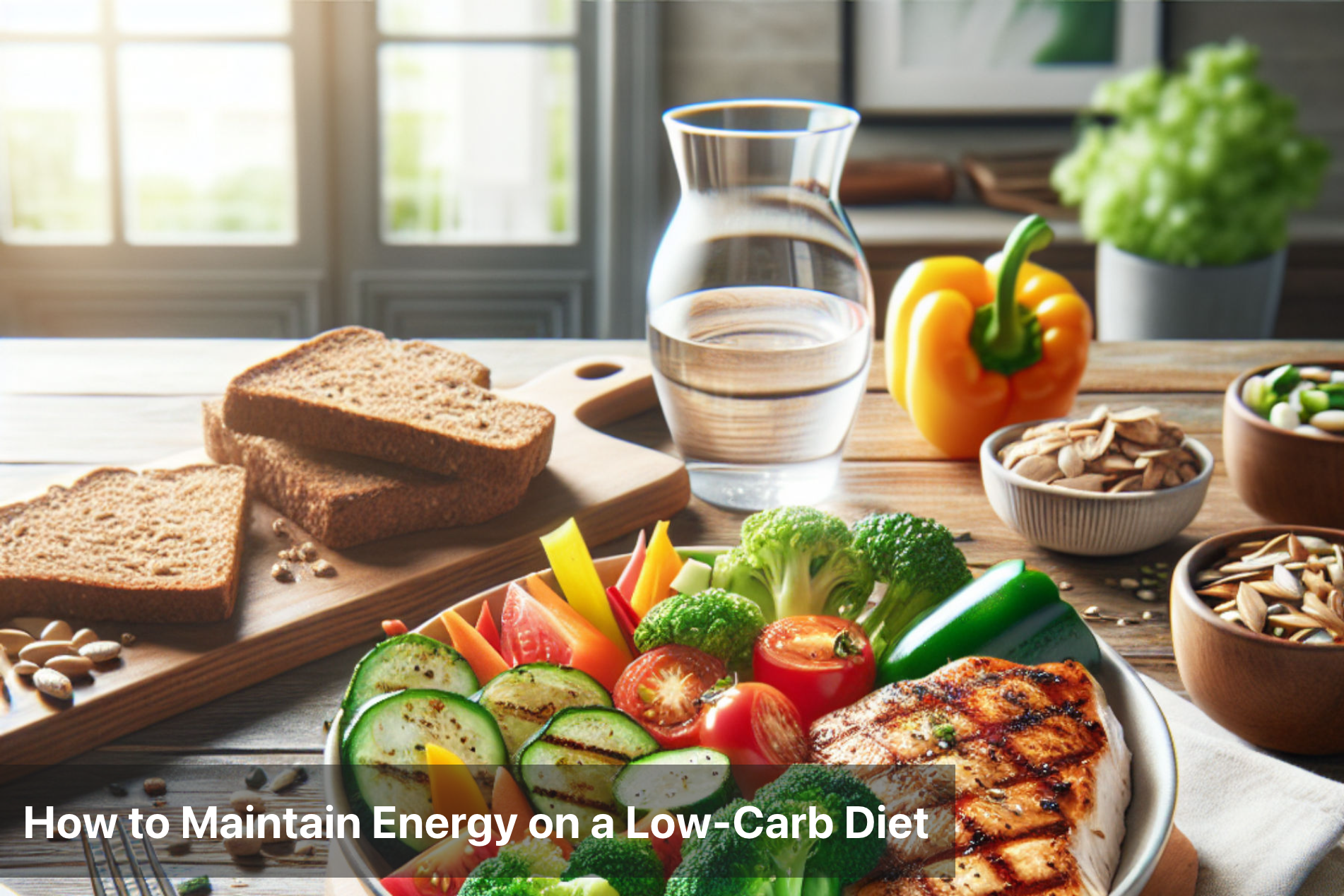
How to Maintain Energy on a Low-Carb Diet
A low-carb diet can offer incredible benefits—from improved blood sugar control to efficient fat burning. However, many people experience a temporary dip in energy during the initial transition. This phase, often called the “low-carb flu,” is a normal part of the body adapting to a new fuel source. With the right approach, it's entirely possible to maintain steady, lasting energy on a low-carb lifestyle.
Understanding the causes behind low energy, recognizing the symptoms, and applying practical strategies can help the body adjust and thrive on a low-carb regimen.

Why Energy Drops on a Low-Carb Diet
Switching from a high-carb to a low-carb diet triggers a major shift in the body’s energy system. Normally, carbohydrates break down into glucose, the body’s preferred source of fuel. When carbs are reduced, glucose becomes scarce, and the body begins to burn fat for energy instead.
This metabolic transition is not instant. During the adjustment period, energy dips can occur due to:
-
Depleted glycogen stores
-
Electrolyte imbalances
-
Inadequate fat intake
-
Low caloric intake
-
Insufficient hydration
Once the body adapts to using fat and ketones for fuel, energy levels typically stabilize or even improve.
Common Symptoms of Low Energy During Transition
The first week of a low-carb diet may come with physical and mental fatigue. These symptoms are temporary but can affect day-to-day functioning.
Typical Symptoms:
-
General tiredness or sluggishness
-
Headaches or light-headedness
-
Muscle cramps or weakness
-
Brain fog and poor concentration
-
Irritability or low mood
-
Sugar cravings
-
Dehydration or increased urination
These are signs that the body is adjusting and may be lacking essential electrolytes or calories.
Key Causes of Fatigue on a Low-Carb Diet
|
Cause |
Explanation |
|---|---|
|
Glycogen Depletion |
With less carb intake, glycogen stores drop, leading to water and energy loss. |
|
Electrolyte Imbalance |
Low insulin causes kidneys to excrete sodium, affecting fluid and mineral balance. |
|
Low Calorie Consumption |
Eating too little overall can reduce energy availability. |
|
Insufficient Healthy Fats |
Fats become the primary energy source; too little fat can lead to sluggishness. |
|
Poor Hydration |
Increased urination can lead to dehydration and fatigue. |
How to Maintain Energy Levels on a Low-Carb Diet
Sustaining energy on a low-carb diet requires balancing macronutrients, staying hydrated, and replenishing electrolytes. These practical strategies can make a significant difference.
1. Prioritize Electrolytes
The body loses sodium, potassium, and magnesium on a low-carb diet. Replacing these electrolytes is critical for energy, muscle function, and hydration.
Tips:
-
Add a pinch of Himalayan or sea salt to meals or water
-
Eat potassium-rich foods like spinach and avocados
-
Include magnesium-rich foods like nuts, seeds, or consider supplements
2. Eat Enough Healthy Fats
Fats are the primary fuel on a low-carb diet. Undereating fat can result in sluggishness, especially if carbs are already low.
Best sources of healthy fats:
-
Olive oil, ghee, coconut oil
-
Avocados and nuts
-
Fatty fish like salmon
-
Full-fat dairy in moderation
Aim to include a fat source in every meal to maintain steady energy.
3. Don’t Skimp on Protein
Protein supports muscle maintenance and keeps you full, but it also contributes to energy production.
Good protein sources:
-
Eggs, paneer, chicken, tofu, fish
-
Greek yogurt (unsweetened)
-
Low-carb protein powders (if needed)
Distribute protein intake across meals to support metabolic stability.
4. Stay Hydrated
Low-carb diets cause increased urination due to reduced insulin. Water loss can lead to dehydration-related fatigue.
Hydration tips:
-
Drink 2–3 liters of water daily
-
Include broths or soups for fluid and minerals
-
Sip throughout the day instead of chugging at once
5. Eat Enough Calories
Trying to cut both carbs and calories too aggressively can backfire. The body needs adequate fuel to function well.
Balance your meals:
-
Fill half your plate with low-carb vegetables
-
Include a palm-sized portion of protein
-
Add a healthy fat source (avocado, olive oil, ghee)
Additional Tips for Sustained Energy
-
Ease into low-carb gradually instead of cutting carbs all at once
-
Listen to your body’s hunger cues and adjust intake accordingly
-
Avoid processed “low-carb” snacks that contain hidden sugars or additives
-
Use Lofoods low-carb products to simplify clean eating without compromising nutrition

Sample Energy-Supporting Low-Carb Meal Plan
|
Meal |
Menu |
|---|---|
|
Breakfast |
Scrambled eggs with spinach sautéed in ghee + black coffee or herbal tea |
|
Snack |
Greek yogurt (unsweetened) with chia seeds and a few almonds |
|
Lunch |
Grilled paneer or chicken + mixed leafy salad with olive oil dressing |
|
Snack |
Cucumber slices with guacamole or a handful of walnuts |
|
Dinner |
Stir-fried tofu or fish with cauliflower rice and roasted broccoli |
Summary
Temporary fatigue is common when starting a low-carb diet, but it doesn’t have to last. The body simply needs time and the right support to adapt. By focusing on hydration, electrolyte balance, adequate fat and protein intake, and overall calorie consumption, it’s possible to maintain steady energy and enjoy the full benefits of low-carb living.
Choosing nourishing, whole foods makes the process smoother. With support from Lofoods, maintaining a low-carb lifestyle becomes simpler, more delicious, and energizing for the long haul.
This Blog post is an initiative by Lo! Foods, to provide accurate and Nutritionist / Doctor approved information related to Health. Lo! Foods is India's leading brand for Everyday Functional Foods. Foods designed for specific Health conditions or Needs. Lo! Foods also runs India's largest range of Low Carb Healthy Cloud Kitchens, under the brand names of Lo!, ProteinChef, ATH (All Things Healthy) and DiabeSmart.



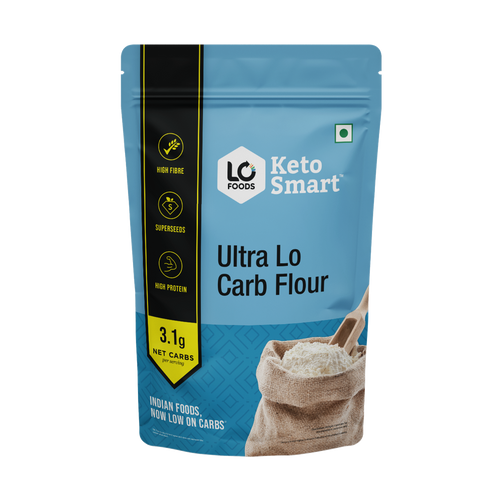
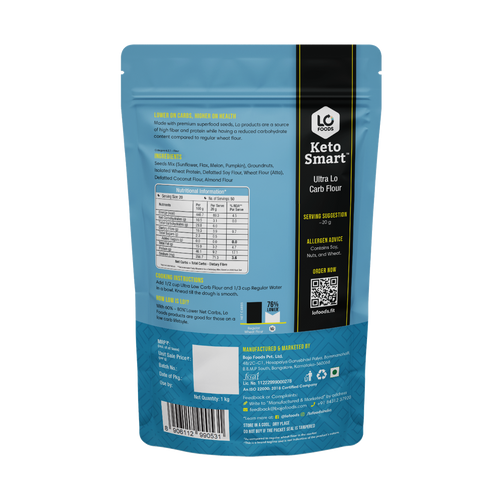

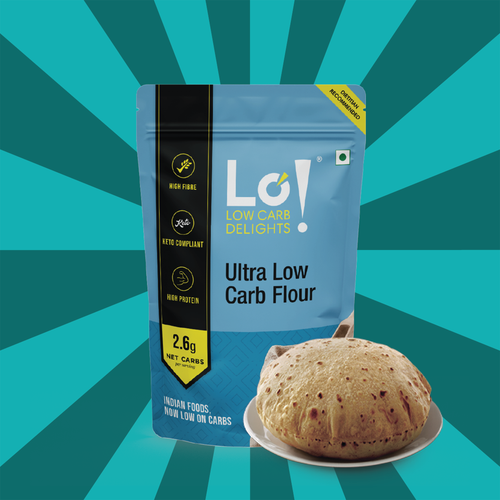
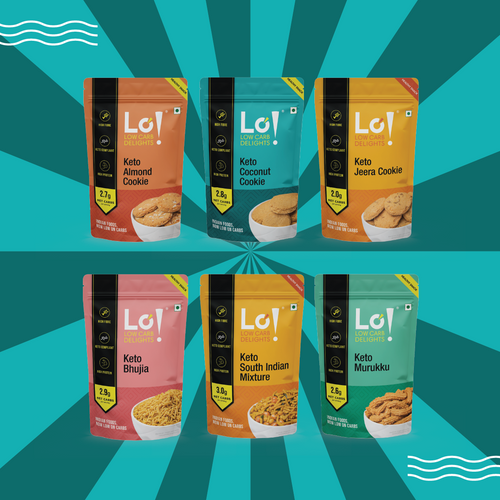

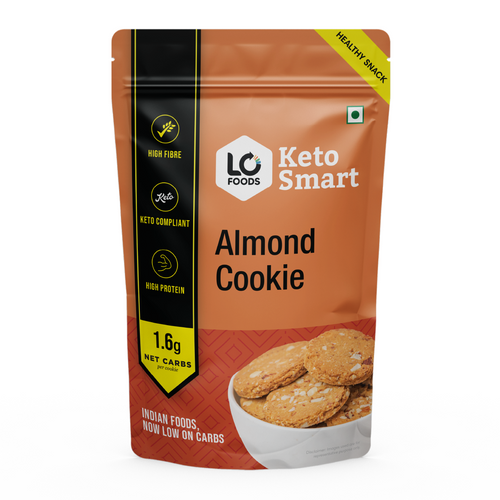

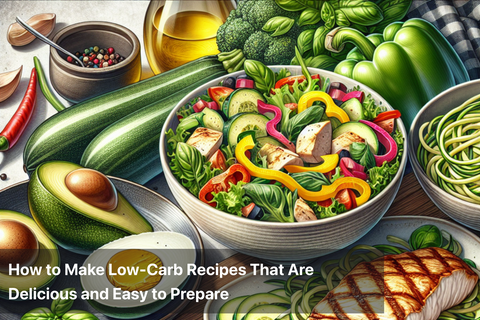
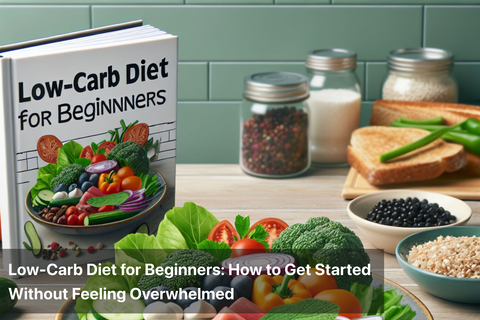


Leave a comment
Your email address will not be published.